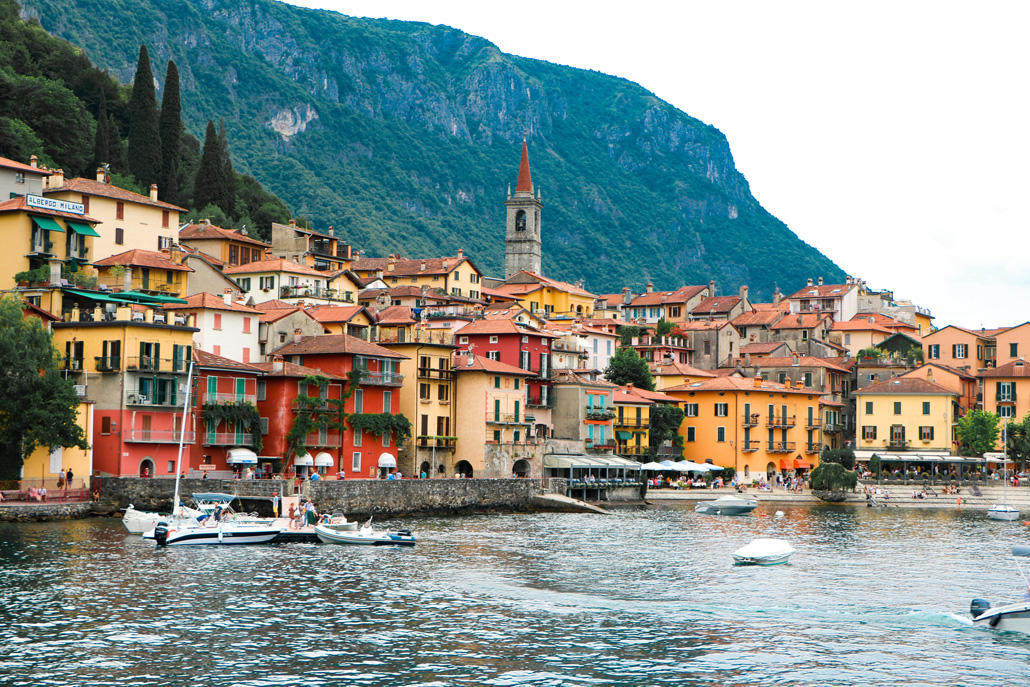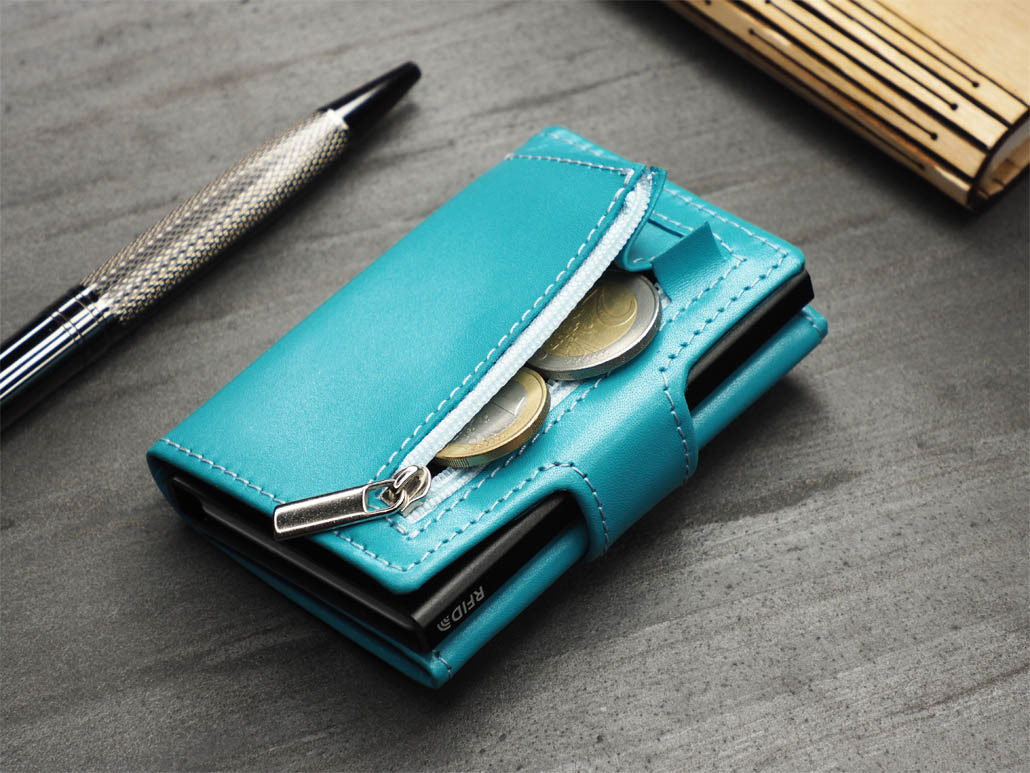Produits: trouvé {{ searchResultsCount }} - Montre tout
Vérifiez si vous avez entré correctement ce que vous cherchez.
Catégories: trouvé {{ categorySearchResults.length }}

Peintes de couleurs vives, les petites maisons de la côte italienne avaient, outre leurs qualités décoratives indéniables, une autre fonction importante. Visibles même dans la faible lumière de l'aube ou dans le brouillard, elles servaient de guide aux pêcheurs qui rentraient chez eux après leur pêche du matin.
Mais les bâtiments colorés ne servaient pas seulement aux pêcheurs italiens....

Portefeuille 384131

Portefeuille 537131

Portefeuille 593131

Portefeuille 545131

Portefeuille 1242131
Taxe sur les fenêtres
La région de Ligurie, en Italie, est célèbre pour les peintures de ses villas. Tout a commencé au XVe siècle à Gênes.
La nouvelle mode de la Renaissance a entraîné la construction de nombreux palais et maisons de ville, extrêmement richement décorés de sculptures, de stucs et de nombreuses fenêtres aux volets décoratifs. Tout le monde ne pouvait pas se permettre de vivre dans de si belles maisons, et les propriétaires moins riches, qui voulaient être à la mode, ont dû penser à quelque chose de différent. C'est ainsi qu'est née la nouvelle profession lucrative de peintre en façades. Ces peintres atteignaient parfois des sommets artistiques en peignant des décorations, des corniches et des sculptures sur des murs nus. Les décorations étaient presque tridimensionnelles et donnaient l'impression d'une véritable ornementation. Pour économiser encore plus d'argent, les propriétaires des maisons de ville n'avaient pas beaucoup de fenêtres en façade. Ils plaçaient la plupart d'entre elles dans la cour. La raison en est que les premières étaient lourdement taxées. Et c'est là que les peintres sont venus à la rescousse. Ils ont simplement peint ... des fenêtres - fermées, entrouvertes, parfois avec un personnage "regardant" la rue.
Gênes est toujours extrêmement, nomen est omen, pittoresque et a été inscrite (avec de nombreuses autres villes italiennes colorées) sur la liste des sites du patrimoine mondial de l'UNESCO.









